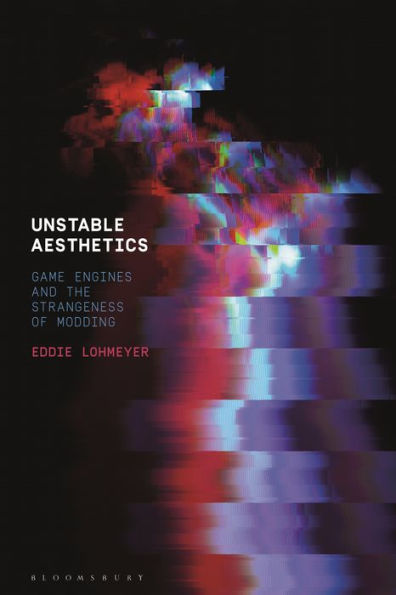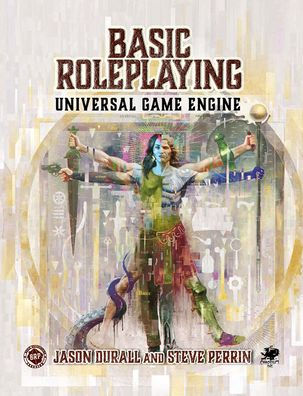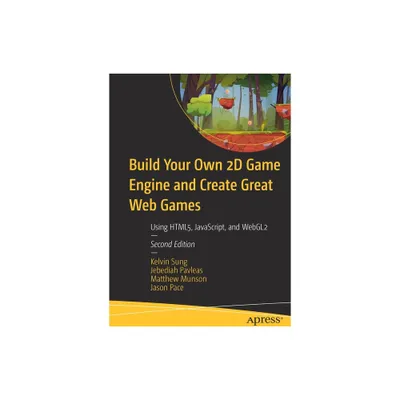Home
Unstable Aesthetics: Game Engines and the Strangeness of Modding
Loading Inventory...
Barnes and Noble
Unstable Aesthetics: Game Engines and the Strangeness of Modding
Current price: $130.00


Barnes and Noble
Unstable Aesthetics: Game Engines and the Strangeness of Modding
Current price: $130.00
Loading Inventory...
Size: Hardcover
*Product Information may vary - to confirm product availability, pricing, and additional information please contact Barnes and Noble
Throughout the 1990s, artists experimented with game engine technologies to disrupt our habitual relationships to video games. They hacked, glitched, and dismantled popular first-person shooters such as
Doom
(1993) and
Quake
(1996) to engage players in new kinds of embodied activity. In
Unstable Aesthetics: Game Engines and the Strangeness of Art Modding
, Eddie Lohmeyer investigates historical episodes of art modding practices-the alteration of a game system's existing code or hardware to generate abstract spaces-situated around a recent archaeology of the game engine: software for rendering two and three-dimensional gameworlds.
The contemporary artists highlighted throughout this book-Cory Arcangel, JODI, Julian Oliver, Krista Hoefle, and Brent Watanabe, among others –- were attracted to the architectures of engines because they allowed them to explore vital relationships among abstraction, technology, and the body. Artists employed a range of modding techniques-hacking the ROM chips on Nintendo cartridges to produce experimental video, deconstructing source code to generate psychedelic glitch patterns, and collaging together surreal gameworlds-to intentionally dissect the engine's operations and unveil illusions of movement within algorithmic spaces. Through key moments in game engine history, Lohmeyer formulates a rich phenomenology of video games by focusing on the liminal spaces of interaction among system and body, or rather the strangeness of art modding.
Doom
(1993) and
Quake
(1996) to engage players in new kinds of embodied activity. In
Unstable Aesthetics: Game Engines and the Strangeness of Art Modding
, Eddie Lohmeyer investigates historical episodes of art modding practices-the alteration of a game system's existing code or hardware to generate abstract spaces-situated around a recent archaeology of the game engine: software for rendering two and three-dimensional gameworlds.
The contemporary artists highlighted throughout this book-Cory Arcangel, JODI, Julian Oliver, Krista Hoefle, and Brent Watanabe, among others –- were attracted to the architectures of engines because they allowed them to explore vital relationships among abstraction, technology, and the body. Artists employed a range of modding techniques-hacking the ROM chips on Nintendo cartridges to produce experimental video, deconstructing source code to generate psychedelic glitch patterns, and collaging together surreal gameworlds-to intentionally dissect the engine's operations and unveil illusions of movement within algorithmic spaces. Through key moments in game engine history, Lohmeyer formulates a rich phenomenology of video games by focusing on the liminal spaces of interaction among system and body, or rather the strangeness of art modding.

















